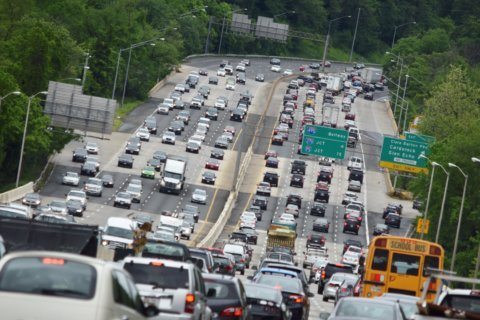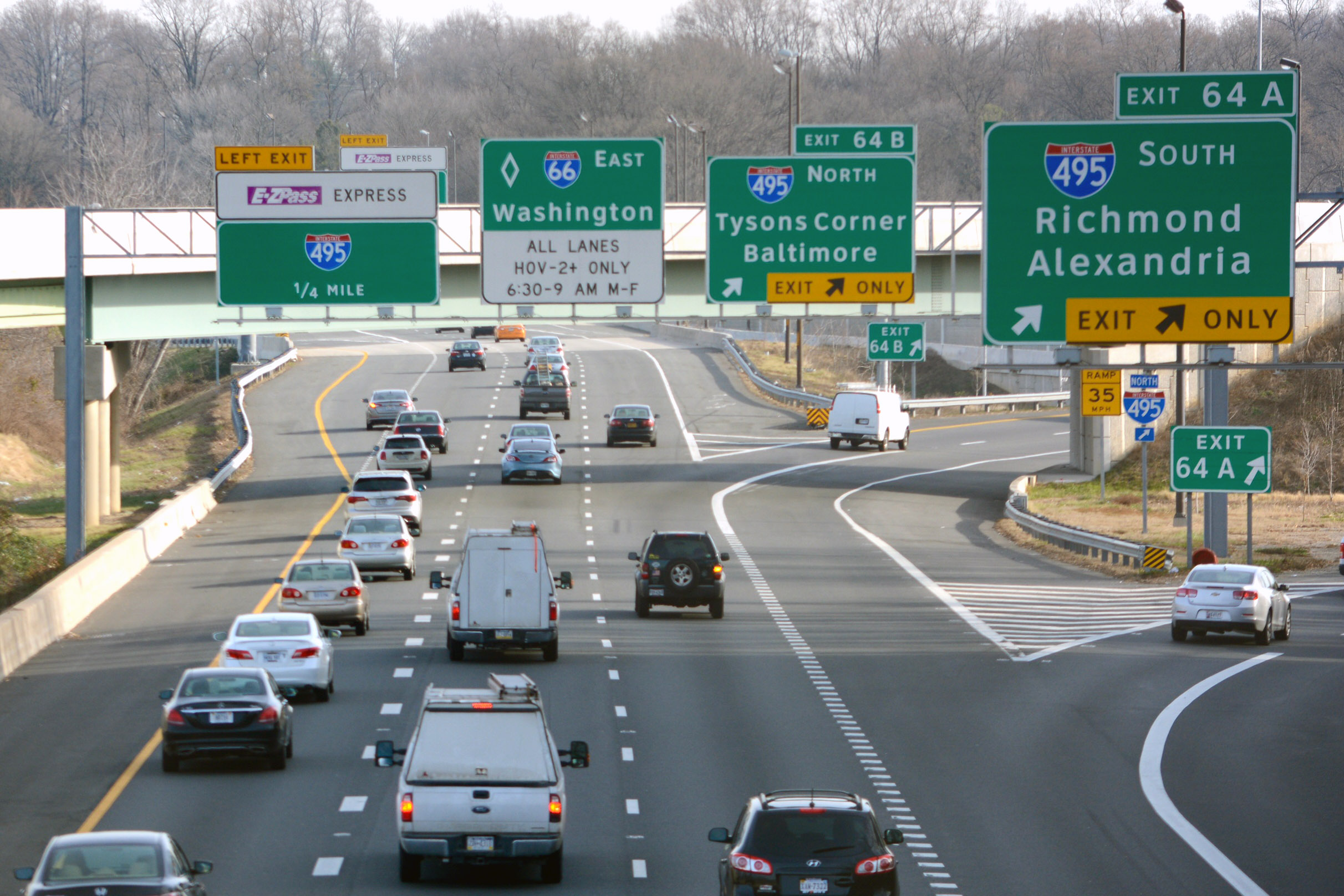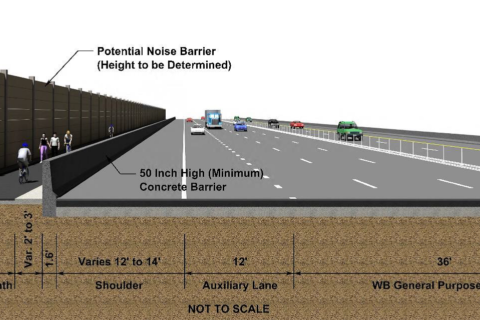Drivers in the D.C. area who have been holding off on getting an E-ZPass soon may not have much of a choice.
Maryland is speeding up plans to put toll lanes around the Beltway and over the Legion Bridge, and more toll roads in the area are on the way: Virginia launches toll lanes next week on Interstate 395 in what used to be the HOV lanes.
“We have to recognize [that] somehow, some way we have to pay for whatever it is that we’re going to construct,” Maryland Transportation Secretary Pete Rahn said at a forum Tuesday.
Virginia already has toll lanes around part of its portion of the Capital Beltway and down Interstate 95. A southern extension of the 95 Express Lanes is under construction.
Virginia is also building two new toll lanes in each direction on Interstate 66 outside the Capital Beltway and has HOV or tolling rules in effect on Interstate 66 inside the Capital Beltway at rush hour.
“I think pricing is going to be something that we will see more and more of around the country, just as a way to be able to maximize the use and optimize the use,” Rahn said at the forum, which was organized by the Greater Washington Partnership and Greater Washington Board of Trade.
‘They can work’
Rahn praised Virginia’s toll lanes: “I think they’ve demonstrated that they are successful, they can work, they can meet this vital need that sometimes people just have to get somewhere on a time that they can be sure of.”
Virginia’s lanes allow buses and users who are carpooling and who have an E-ZPass Flex in HOV mode to ride free.
“I do believe through the express lane network that we are maximizing the usage of our highways,” Virginia Transportation Secretary Shannon Valentine said.
Elsewhere in the state, higher taxes and truck fees were recently implemented rather than tolls to pay for upgrades on Interstate 81.
Rahn sees dynamic tolling — a system by which prices rise and fall based on the amount of traffic in the toll lanes and the time of day — as a way to keep at least those lanes moving in busier areas.
“Without some pricing mechanism that will incentivize or de-incentivize people to use the roads at specific times … roads just tend to fill up,” Rahn said.
In Maryland, Rahn has promised that transit buses will be allowed to use the toll lanes for free, but he would not commit to extending that to regular HOV users or other buses in the lanes.
Toll lanes north of Baltimore require that all users pay.
Drivers can also expect continued tolls on roads such as the Dulles Toll Road and the privately owned Dulles Greenway in the future, as well as many major bridges.
Maryland is due to approve a controversial construction contract next week for a newly expanded Harry Nice-Mac Middleton Bridge on U.S. 301 between Maryland and Virginia, but issues such as reduced toll revenue have led to consideration of a stripped-down design.
In D.C.
You may also see new pricing in the future just to drive into downtown D.C.
The District is studying congestion pricing for a downtown area, and already adjusts pricing every few months for some parking spots downtown based on the amount of use.
“We can’t widen our roadways, but we can certainly rethink how we’re using them,” DDOT Director Jeff Marootian said.







